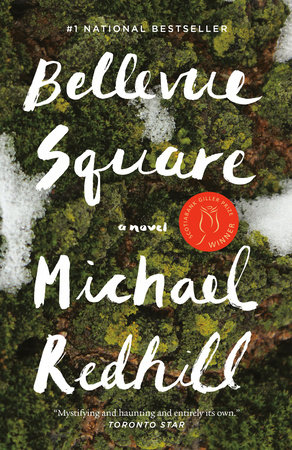Bellevue Square Reader’s Guide
By Michael Redhill


1. The author has said that Bellevue Square is a “fantasia on consciousness.” What do you think he might mean by that?
2. Jean is an unreliable narrator. In part, this is because she is unaware of key things concerning the nature of her existence. How does she compare to other unreliable narrators you may have encountered in your reading, like Holden Caufield in The Catcher in the Rye, Gone Girl’s Nick and Amy, or Humbert Humbert in Lolita?
3. The doppelganger theme has been employed by writers for various purposes. Edgar Allen Poe’s William Wilson—in the short story of the same name—suffers from seeing his double and tries to kill him, only to find himself bleeding to death. Fyodor Dostoevsky’s “The Double” is the story of a man’s more-interesting alter ego, and Josephine Tey’s Brat Farrar is about an imposter. Why do you think Redhill chose a doppelganger theme to explore in Bellevue Square?
4. Michael Redhill also writes under the name Inger Ash Wolfe, a character who appears in this book. Why do you think Redhill made his alter ego a character in this book?
5. Bellevue Square is also concerned with authorship, storytelling, and point of view. How are these ideas expressed in the book, and how do they deepen your understanding of the novel?
6. Readers and reviewers have commented that Bellevue Square is a layered novel with clues to its meaning scattered throughout. For instance, on the very first page, Jean—who is about to develop serious ontological problems—spies on a customer in her bookstore “from my perspective in Fiction.” Redhill has said that he likes books that teach their readers how to read them. What clues did you find on your read? What do you think you might find if you read it again?
Just for joining you’ll get personalized recommendations on your dashboard daily and features only for members.
Find Out More Join Now Sign In